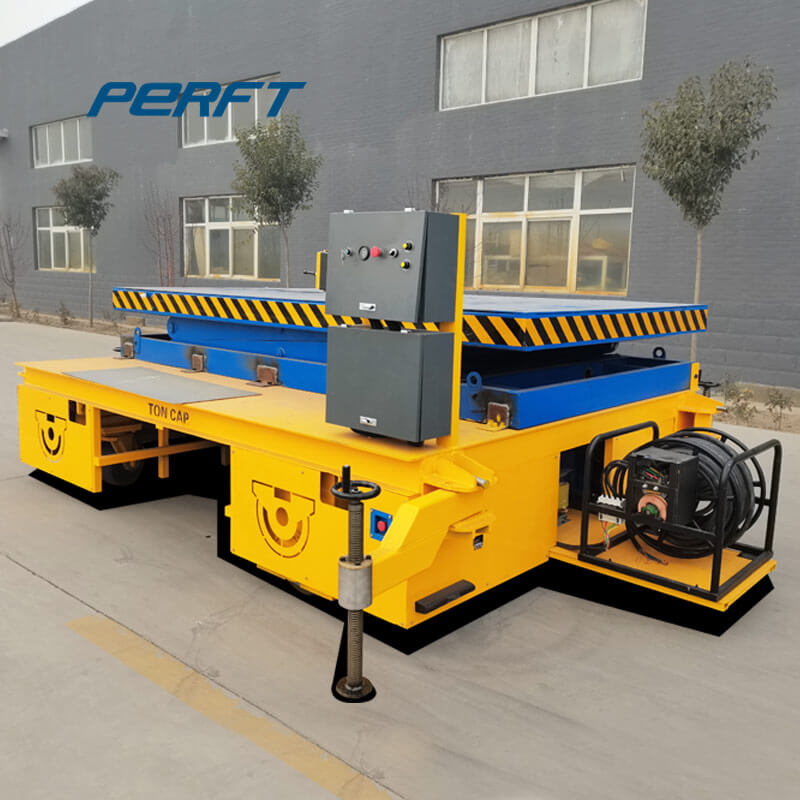
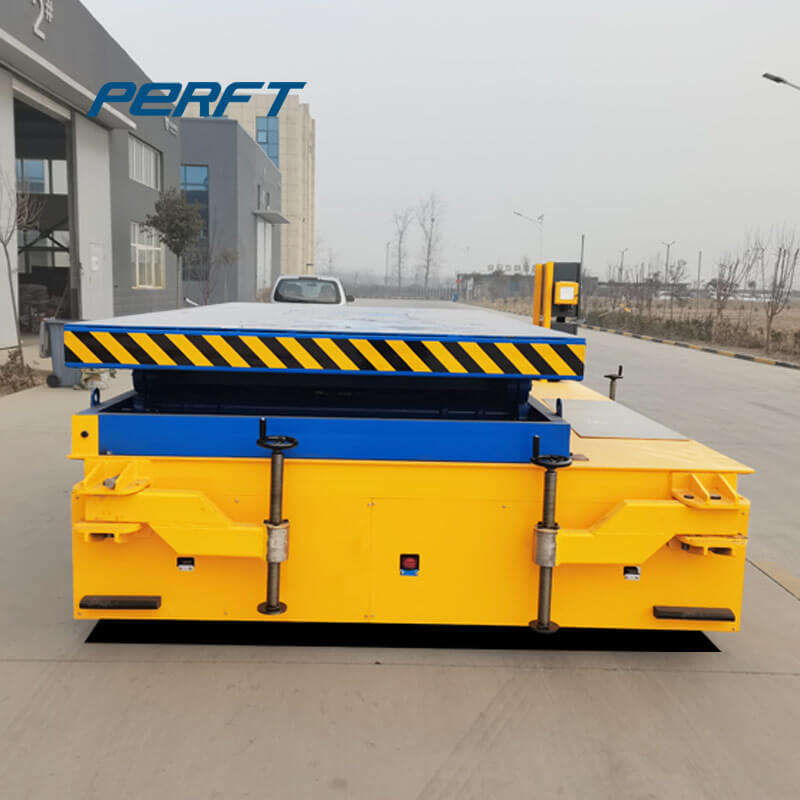
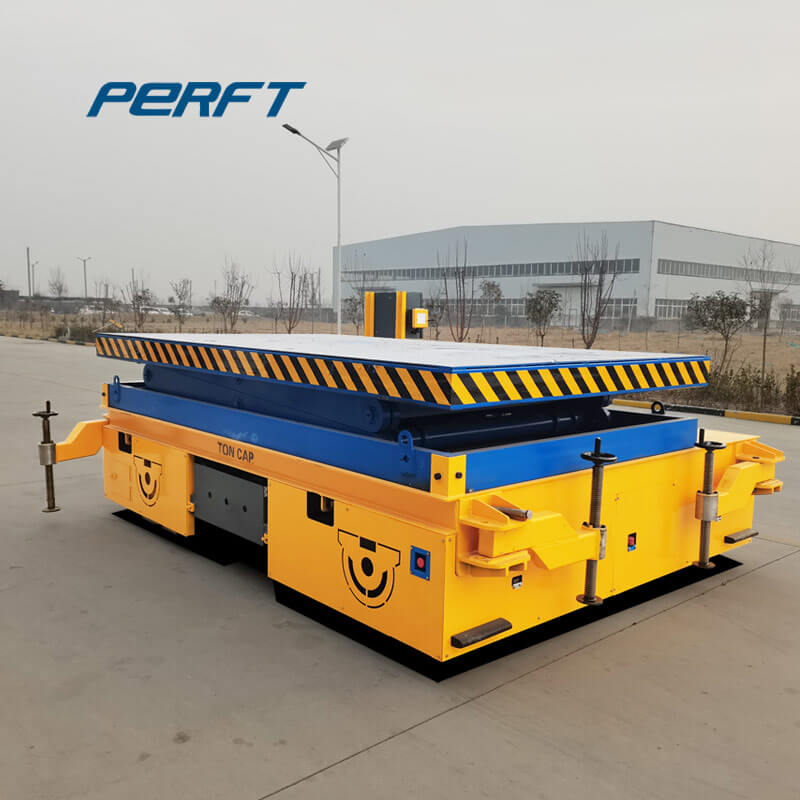






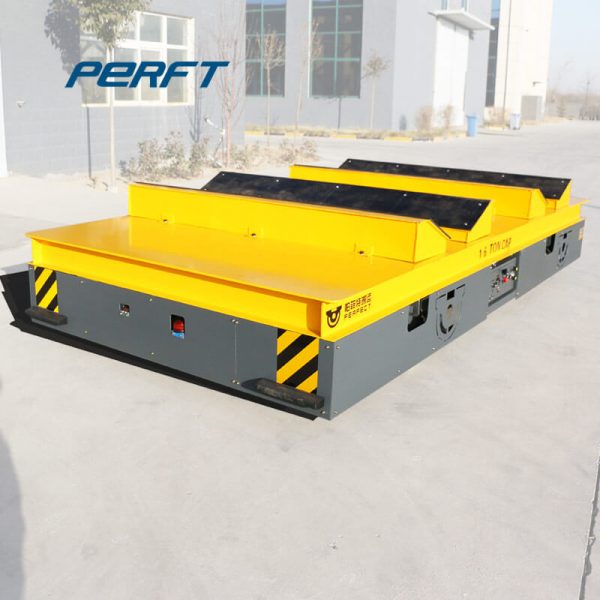
The heavy-duty battery-powered transfer vehicle is composed of batteries and is the power source for a series of flatbed vehicles. It powers the flatbed truck. The direct current flows into the distribution box and supplies the distribution box to the operating system and the motor.
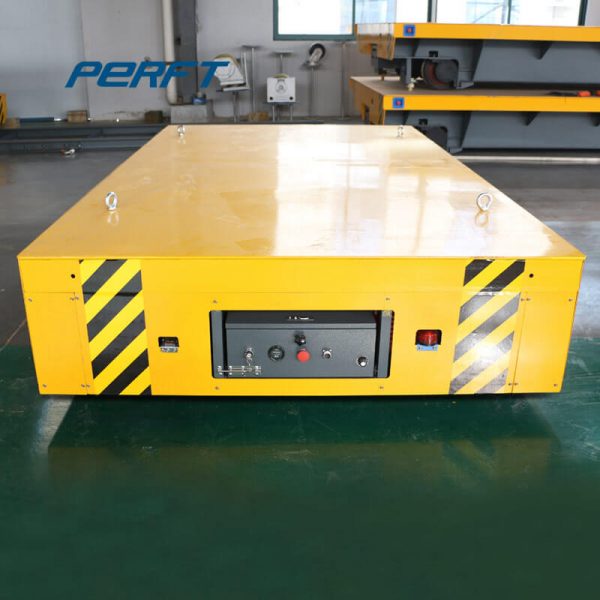
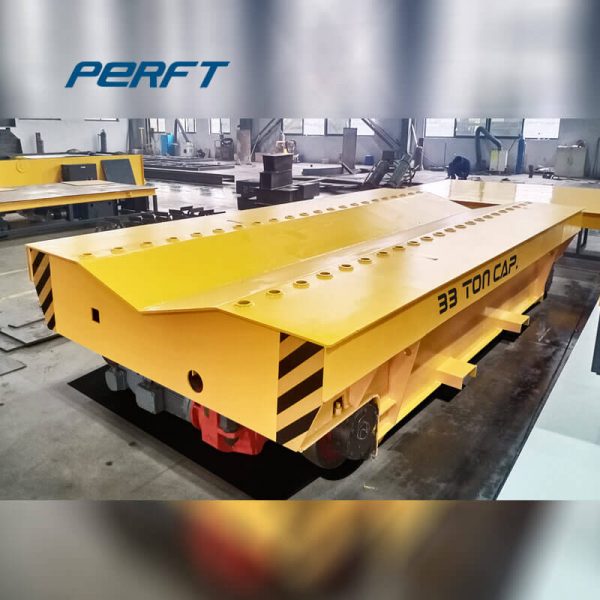
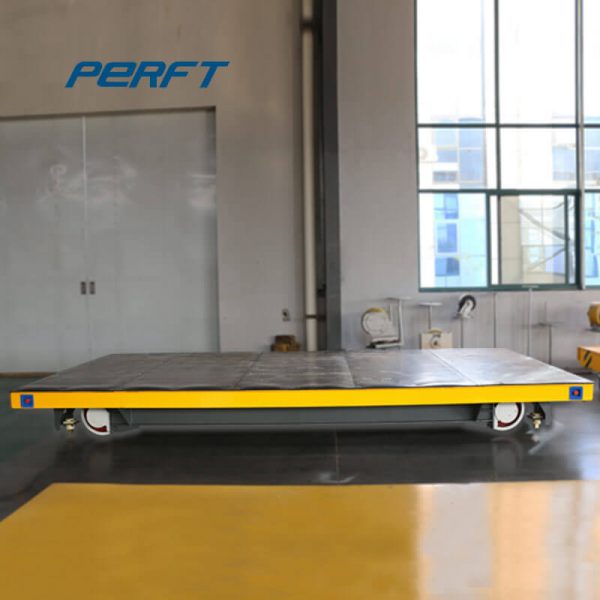
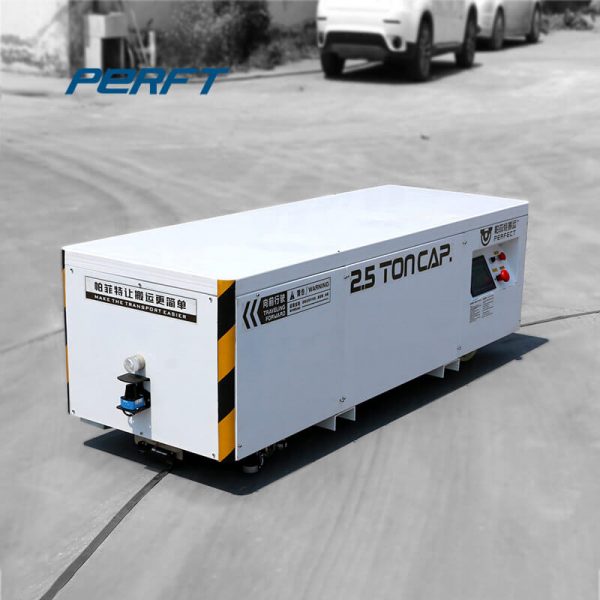
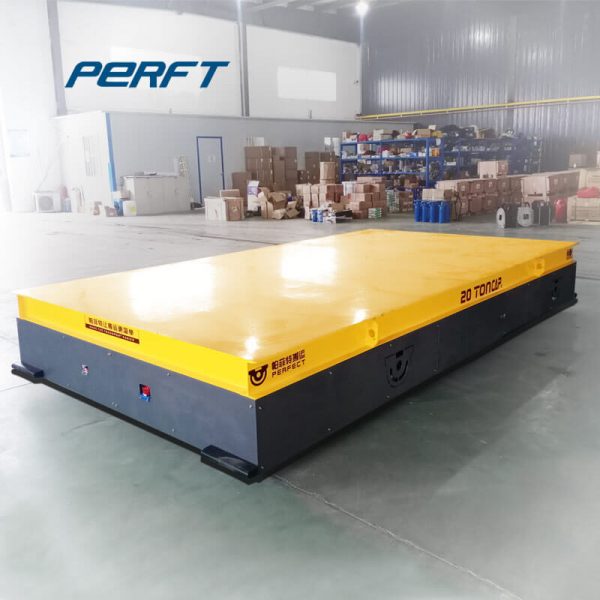
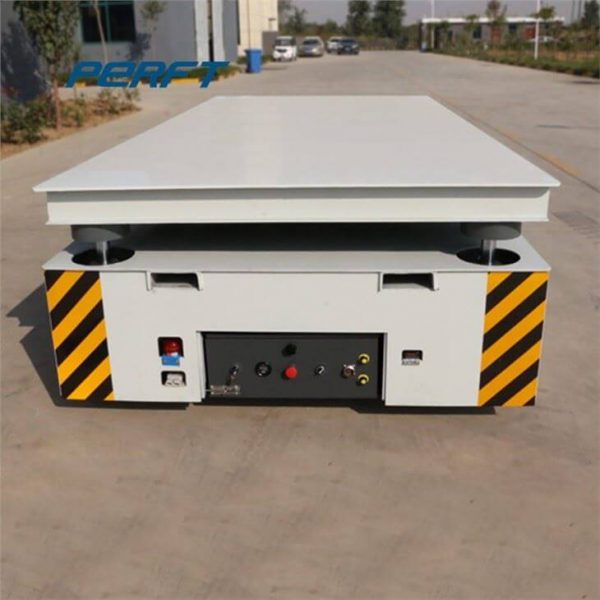
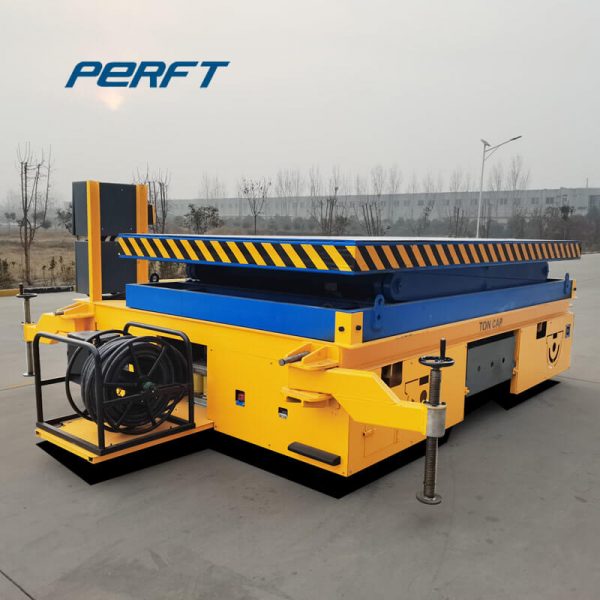
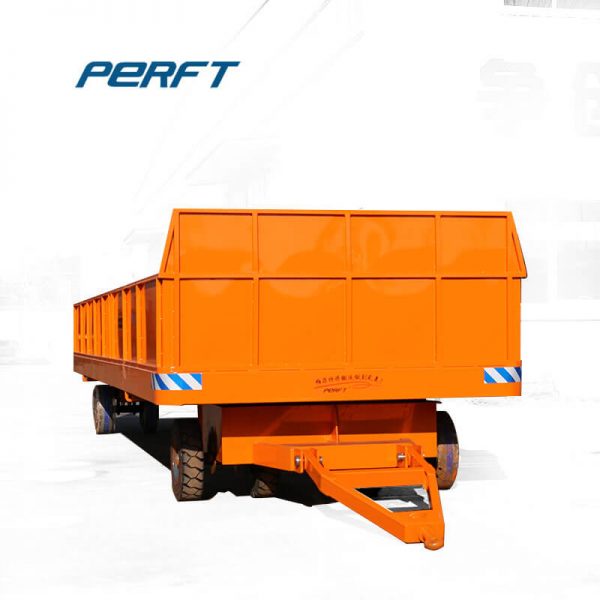
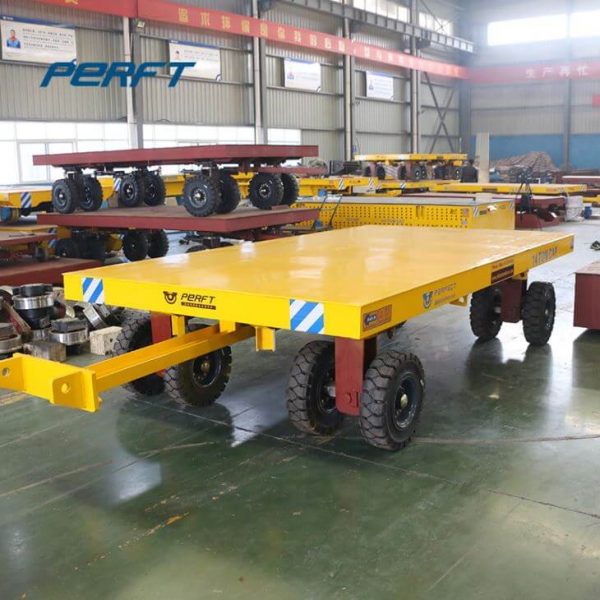
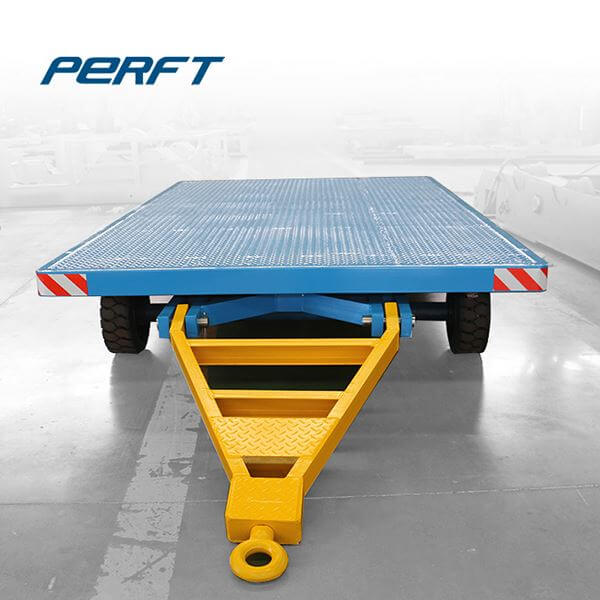
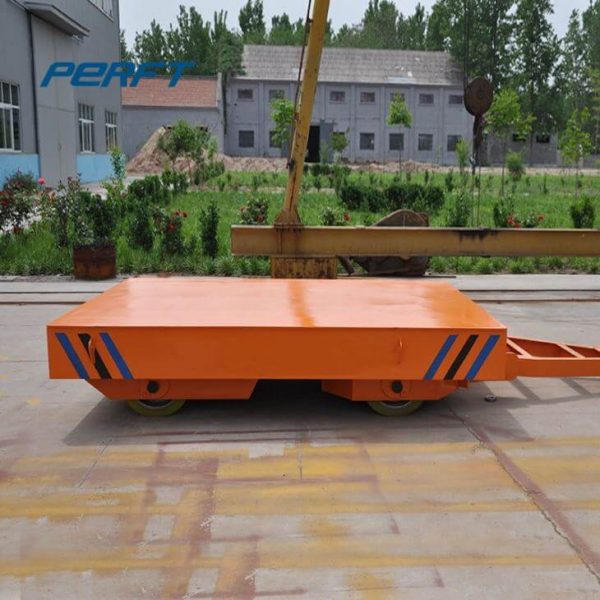
In 2020, coal accounted for 25 % of originated tonnage for U.S. Class I railroads, far more than any other commodity , but coal tonnage in 2019 was down 46.3% from 2008’s peak. Coal accounted for 14% of Class I rail revenue in 2020; only intermodal, chemicals
On an annual basis, the rail system moves 3.6 million gross tons of freight over 10 freight railroads that operate in the state, 3.5 million intercity rail passengers over the NEC lines owned and operated by Amtrak, and 20 million commuter rail passengers *****
Railway freight transport statistics. Data extracted in November 2020. Planned article update: November 2021. In 2019, rail freight transport in the EU was estimated at almost 400 billion tonne-kilometres, down 2.2 % from the previous year. Between 2006 and 2019, EU rail freight transport peaked at 416 billion tonne-kilometres in 2007.
tons include the weight of rail cars as well as the weight of the freight in them), rail fuel efficiency in 2019 was up 82% since 1980 and up 17% since 2000. U.S. freight railroads move more freight with much less fuel than before thanks to technologicalIn 2019
Note: these are examples only of the format and detail of the transport cost data that can be provided through this service. Important: tonnages are metric. A transport cost assessment for any specified shipment † of iron ore, scrap, ferro-alloys, coal or steel between locations A and B can be provided by MCI for just US$60 per movement.
average, move one ton of freight more than 4 80 miles per gallon of fuel. • Sustainable Choice: AAR analysis of federal data finds: If 25% of the truck traffic moving at least 750 miles went by rail instead, annual greenhouse gas emissions would fall byIf 50% of the
Our entire family of railcars meets or exceeds all AAR requirements. National Steel Car is the only railcar company certified ISO 9001:2008. We have been honoured with the annual TTX SECO award consistently for over a decade. At National Steel Car, our focus is customer loyalty. That means building a strong foundation of partnership, trust and
16/11/2020 · The Chrysler Design Railroad Freight Truck with Balanced Suspension was standard in General American-Evans "Damage Free" box cars. General American-Evans claimed lower cargo damage, and 50% higher capacity. Two series were made, in 1950 and 1955, and distributed on 25-year leases. The Chrysler FR-5 trucks looked like normal AAR trucks, with
Coil. If it's steel coils you need to move, take a hard look at our 110-ton, no-nonsense coil cars. Our workhorses are capable of hauling steel coils ranging from 30 inches to 84 inches in diameter. And as you might expect, with a gross rail load of 286,000 pounds, it takes 100-ton trucks and a 10 by 12 braking system to guide this "heavy
4/5/2021 · U.S. freight rail cars - number of new cars from 2005 to 2011 U.S. freight rail cars - average age from 2005 to 2011 Make-up of U.S. freight rail car fleet 2010 Freight rail cars in North America
Freight & Commuter Rail Maintenance Equipment For over 50 years, Whiting has been a trusted name for railcar maintenance equipment for the transit and freight railroad industries.Whiting designs and manufactures systems to solve your maintenance problems.
As a railroad conductor myself, who primarily works with hauling unit coal trains for a living, I can state that each coal hopper car, when loaded with coal, contains approximately 100 tons of coal per car. Furthermore, a typical coal unit train o
18/8/2021 · These railcars typically range from 2,700 to 3,500 cf capacity and generally are designed with two or three pockets, gravity gates and three to five circular hatches. Hopper cars this size are ideal for dense commodities including cement, roofing granules, sand, aggregates, fly ash and dry chemicals. These cars are not typically lined.